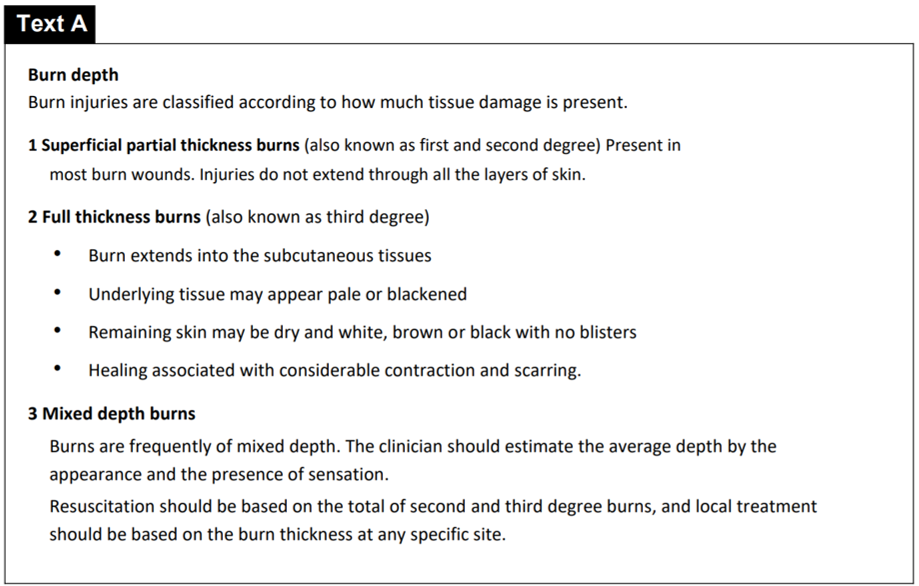Now try this task
Choose the correct letter A, B, C, or D.
The race to break the four-minute mile reached a crescendo in the 1950s and became a major sporting challenge of the day. At the turn of the twentieth century, the world record had stood at about four minutes ten seconds. But despite efforts around the globe, by 1952 the record remained intact. The press regularly stated at that time that man reached his athletic limits; that room for improvement was minimal. Then in May 1954, in a run that was to go down in history, Roger Bannister stopped the clock at 3 minutes 59.4 seconds.
Few records have so captured the public’s attention and provided such an enduring benchmark. Public fascination partly reflected the seeming symmetry of the event – four laps in four minutes. A very similar achievement is that of the less well-known Russian swimmer Vladimir Salnikov, who in 1980 became the first man to break 15 minutes for 1500 metres. That was 30 consecutive laps in less than 30 seconds, which had once been regarded as impossible.
Part of the appeal of athletes such as Bannister and Landy is linked to the amateur environment in which they competed. For both men, running was an aside to the real matters of life and they received no monetary reward. And as evidence of the temporal nature of all records, Bannister’s record has since been reduced by a further 17 seconds, but the four-minute mile remains a landmark in sporting history.
1 Why was this article written?
A to show the overall improvement in sporting achievements
B to illustrate an important even in the world of sport
C to encourage young people to participate in sport
D to compare running and swimming world records
Why are the other options attractive, but wrong?
A – improvements are mentioned but only in running and swimming
C – young people are not the focus, although the article is obviously encouraging
D – a comparison is made as a supporting point, not as the main these of the text.
Answer
B

